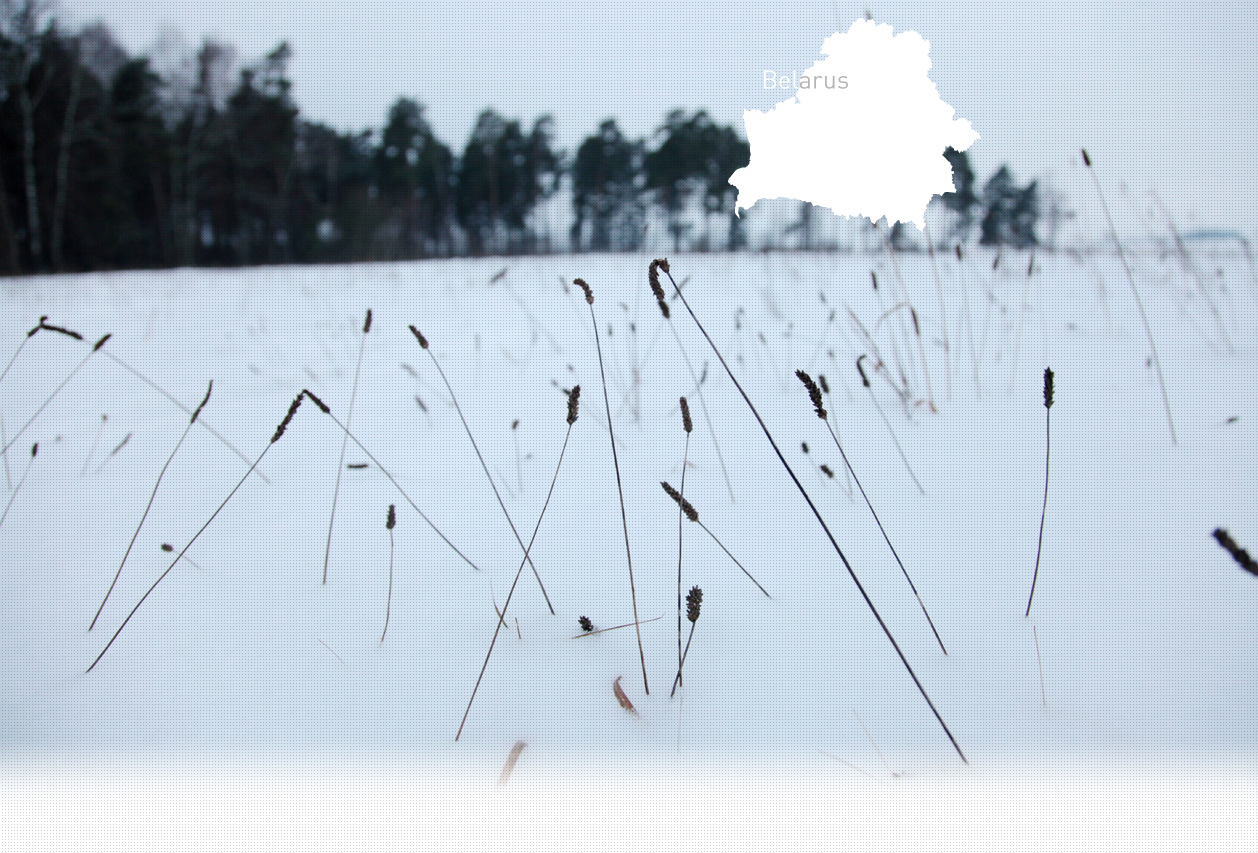

1 Killing site(s)
Irina Ch., born in 1925: "There was no ghetto here. The Germans conducted raids and searched every house. I knew the Svirsky family. The mother was a dressmaker. One German gave her his clothes when he needed to shorten the sleeves. One day, he told her that a raid would be conducted the following morning. She did what she had to do and left with her family. They went into the forest. Another Jewish woman told me that the Germans came to her house, by the window and then started to eat their food in their kitchen. The family hid in the house. Her husband hid behind one door, her sister behind another, she hid behind the third door. They didn’t have any children. While the Germans were leaving the Jewish inhabitants heard them say: “This house is empty. They must be gone.” Once they’d left, the family stayed quiet for the whole day and escaped into the forest that night. But the majority of Jews were shot”. (Testimony n°905, interviewed in Kusevshchina, on May 21, 2016)
"On Saturday, the day of Sukkot of 1941, 48 Jews were shot for no reason. The shooting of the 48 Jews took place in the swampy forest of Sakovik. It was conducted by the Gestapo. Women and children were also killed. The rest of Jewish population was shot at the location during the Aktion on the day of Yom Kippur (9 October)”. [Excerpt of the testimony of a Jewish survivor; B162-1295 p.35.]
Naroch is located about 150km north from Minsk on the bank of the Naroch Lake. In 1847, there were 140 Jews in Naroch, but by the end of the 19th century the Jewish population had increased and numbered 591 individuals. The majority of them lived off of small trade. There were many artisans, such as tailors, shoemakers, carpenters, blacksmiths, and tinsmiths. At the beginning of the 20th century, the Jews from Naroch suffered from pogroms conducted by the Soviets. As a result, a large part of the Jews left the village. The Jewish children went to the Polish school, but there was also a Jewish school in Naroch. There was a synagogue located on Postavskaya street, and a bathhouse. During the Soviet period, the synagogue was forbidden and the Jewish school was closed. There were about 350 Jews in Naroch on the eve of the war. The Germans occupied the village at the end of June 1941. Before the Germans’ arrival 5% of Jews, mostly young men, had managed to escape.
From the first days of the occupation, the Jews were forced to wear yellow distinguishing signs in the form of the Star of David. They were forbidden from leaving their homes in the evening. All Jews deemed fit to work, including children, were subjected to forced labor.
The first shootings were conducted shortly after the Germans arrival in July 1941. 4 Jews accused of being communists were shot. According to the German archives, another 48 Jews accused of supporting the Soviet Union were shot in the swampy forest of Sakovik on July 28, 1941. Their corpses were reburied in the Jewish cemetery.
Officially, there was no ghetto in Naroch. However, all Jews were forced to live in a few houses close one to another. The number of Jews had increased by that time due to arrival of some Jewish refugees from Lithuania.
On October 5–6 , 1941, German soldiers, assisted by local collaborators, rounded up more than 100 Jews. Before being shot, some of them were forced to dig the pit. Up to 150 Jews were shot. There were women and children among the victims. In the spring of 1942, some of the remaining Jews were sent to Novy Myadel to work for the Gestapo. In summer of 1942, escapees from nearby villages were sheltered by the Jews from Kobylnik. When the Germans found out about it, they gathered all Jews who were concerned and shot them along with their families.
Another big Aktion was conducted on September 20, 1942, by German Security police who were sent from Vileyka to carry it out. That day, all remaining Jews were gathered in a building close to the church for one night. The next day, a Sunday, they were marched to the execution site. According to the local witness who was at the church at that time and saw the column passing by, there were about 120 Jews escorted by ten armed Germans on both sides. The victims were shot in a field near the Catholic cemetery. The pit had been dug in advance by the Jews themselves. It took place around midday. The victims were shot standing up. There were 51 children among them. About six local men had to fill in the pit. The day of shooting, about 50 skilled workers from Kobylnik along with their families were moved to the ghetto in Novy Myadel. Only a few Jews from Naroch managed to escape to the forest and join the partisans.
Do you have additional information regarding a village that you would like to share with Yahad ?
Please contact us at contact@yahadinunum.org
or by calling Yahad – In Unum at +33 (0) 1 53 20 13 17